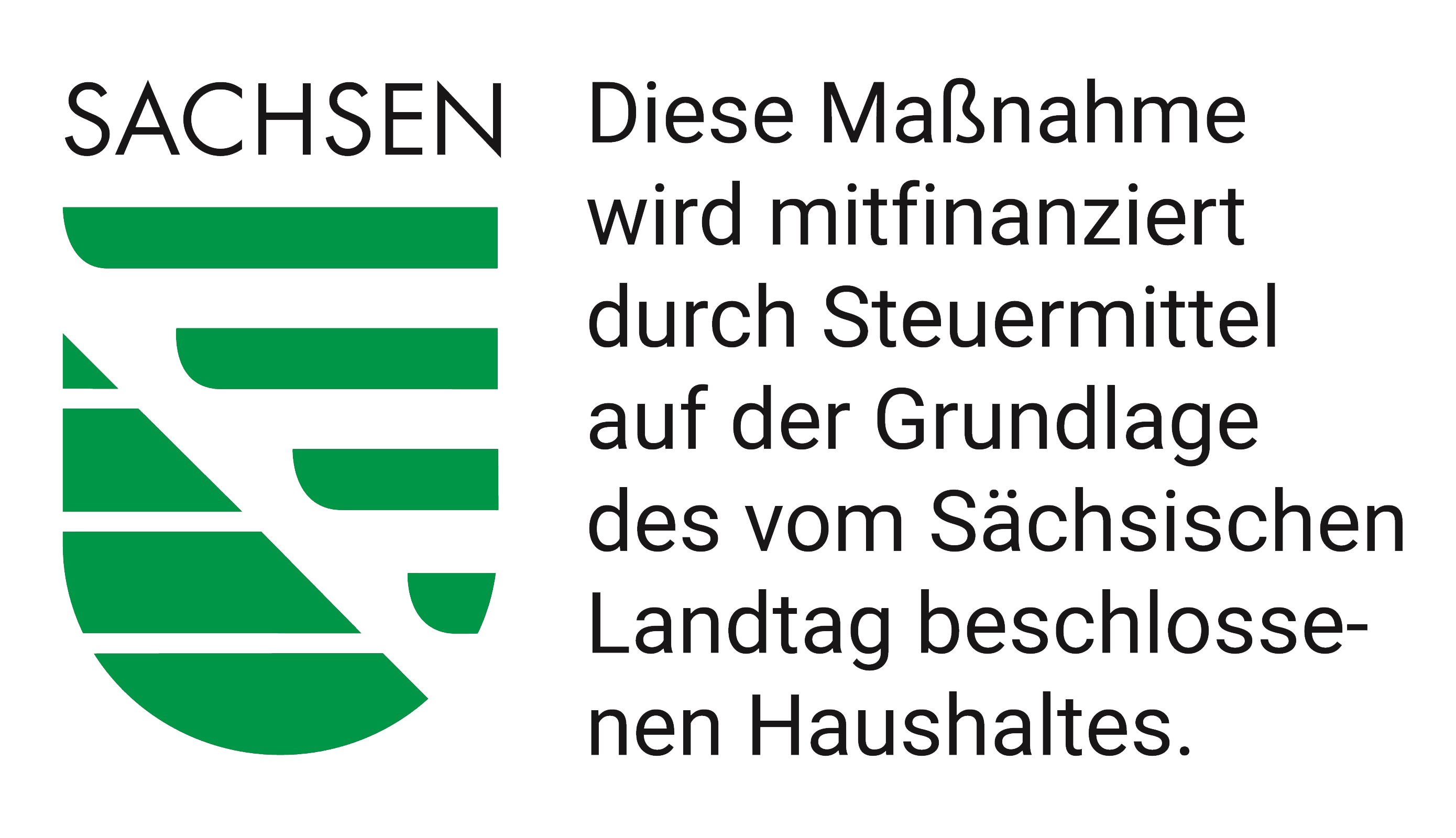Abstract
Joining of thin aluminum sheets (<1mm) is widely used in the industry for electronic housings or EMC shielding. Aluminum alloys of the 6xxx series are particularly relevant for such applications. However, their use is very challenging in welding processing due to the hot cracking phenomenon. Hot cracks are known to form during the solidification phase and are a major defect regarding mechanical properties and tightness of the weld. For this reason, the formation of hot cracks must be prevented and solidification rate is known to be a key parameter. In this paper, the solidification rate is specifically manipulated by means of pulse shaping. Metallographic analysis and high-speed recordings of welds carried out with different pulse shapes that allowed the determination of a threshold solidification rate to avoid hot cracks. A further pulse shape optimization considered the determined threshold solidification rate and minimized the required pulse energy to realize sound welds. On the one hand, the study proved which simplifications can be assumed for the modeling and optimization of the pulse shapes and that solidification rate can be used as sole parameter to control crack formation of bead on plate welds. On the other hand, the experimental procedure enabled the identification of critical properties of laser beam sources regarding stability, threshold and fast adaptability of beam power.
